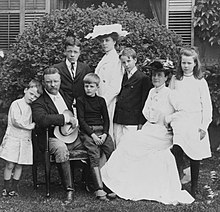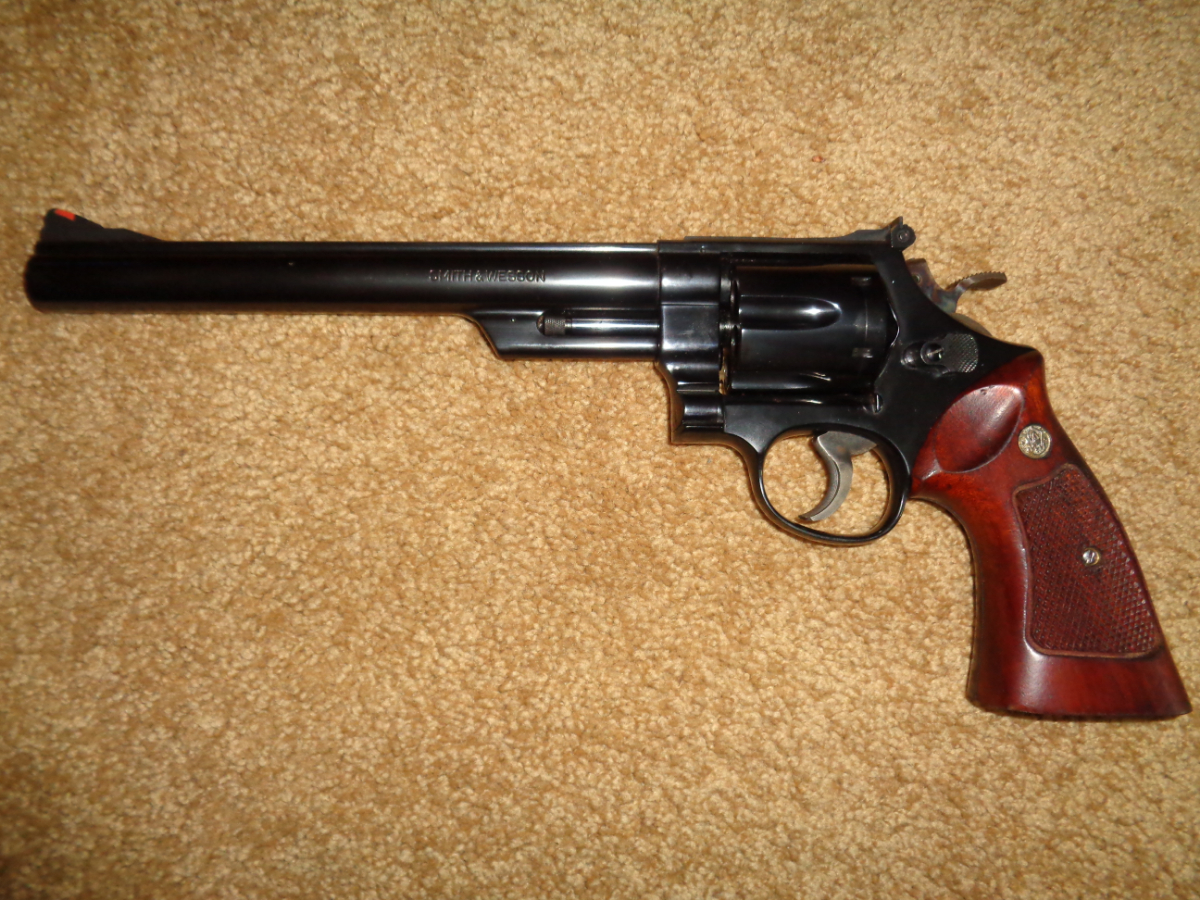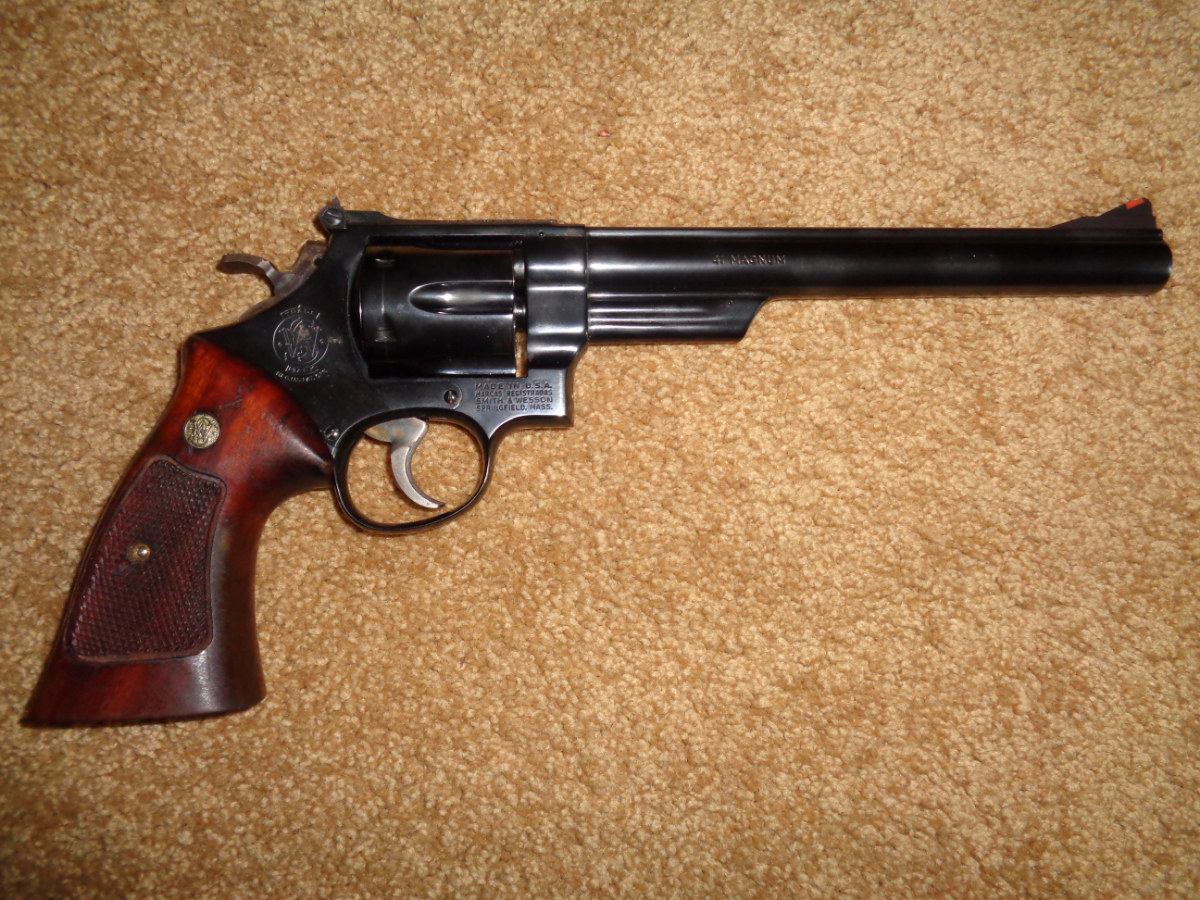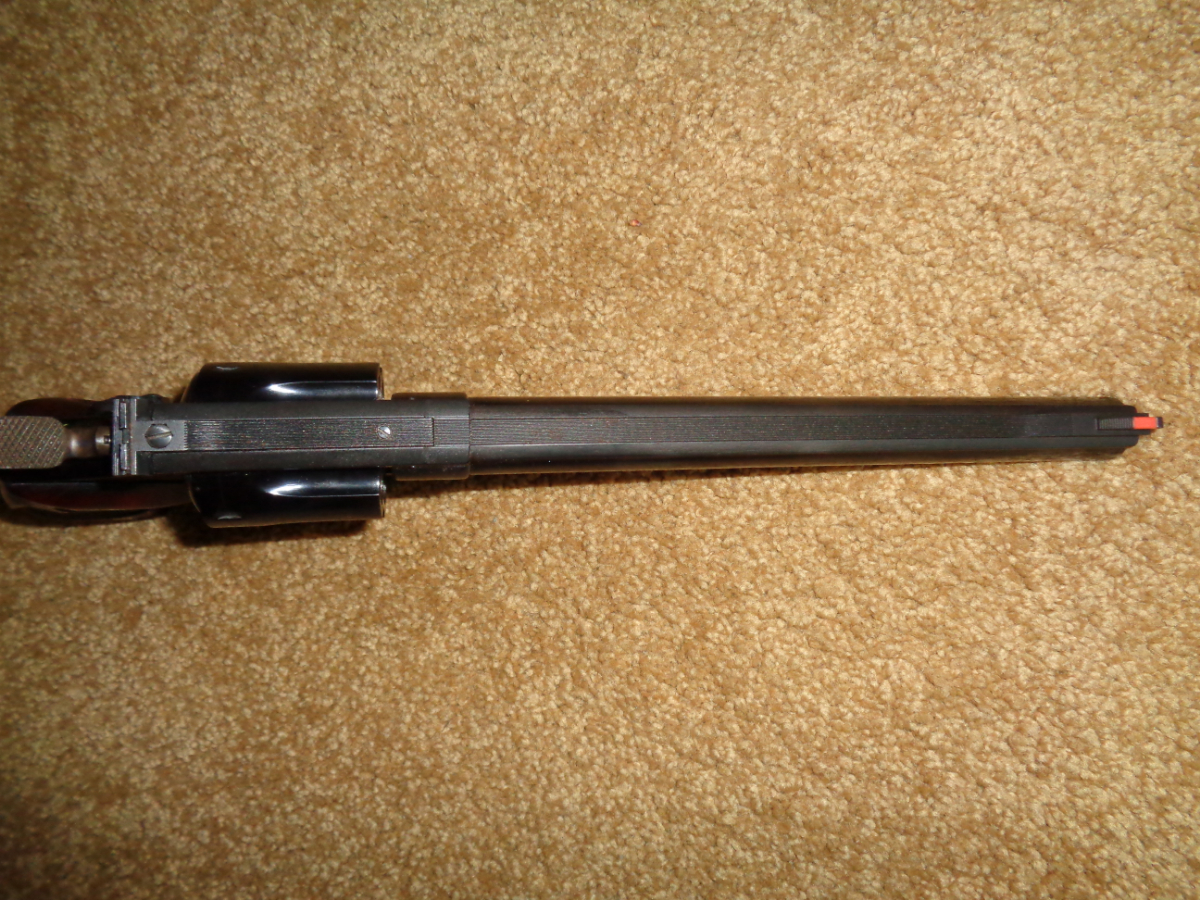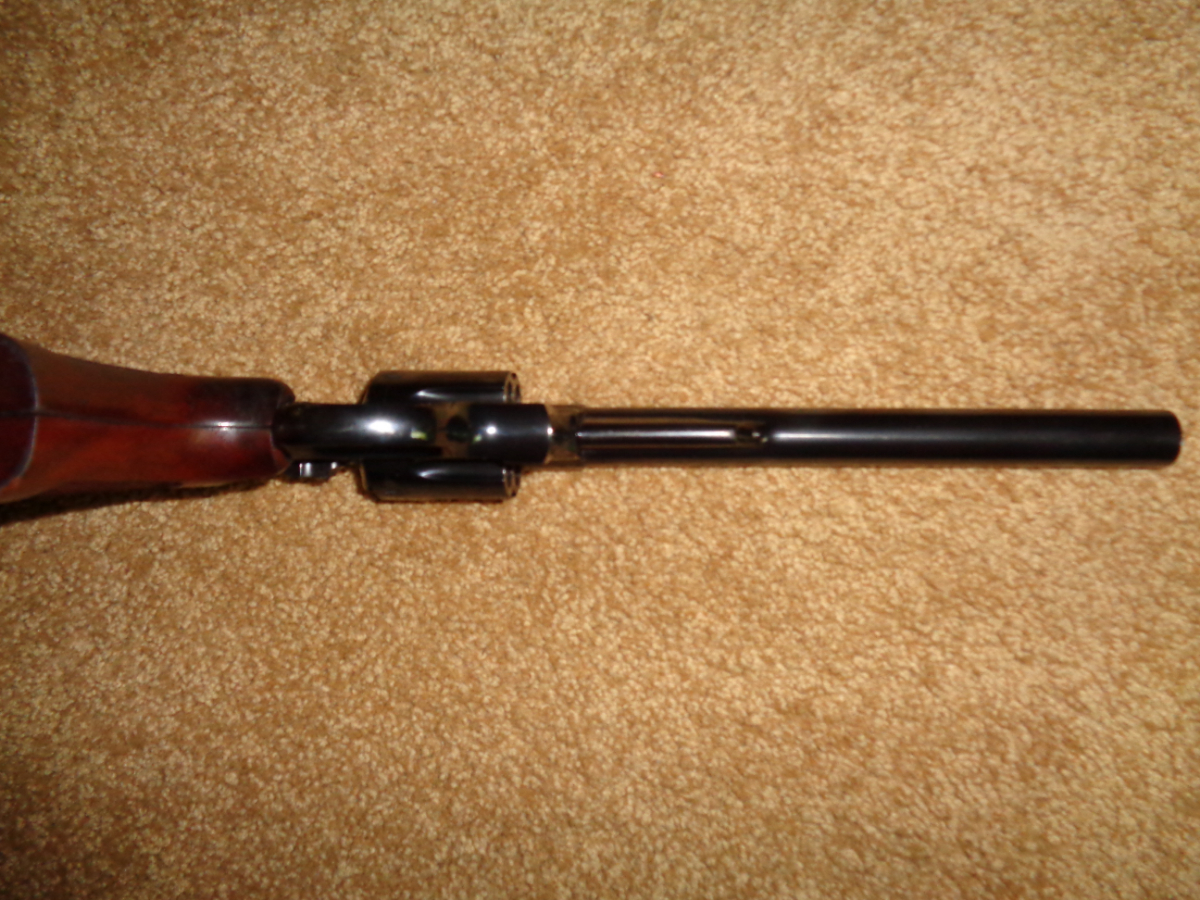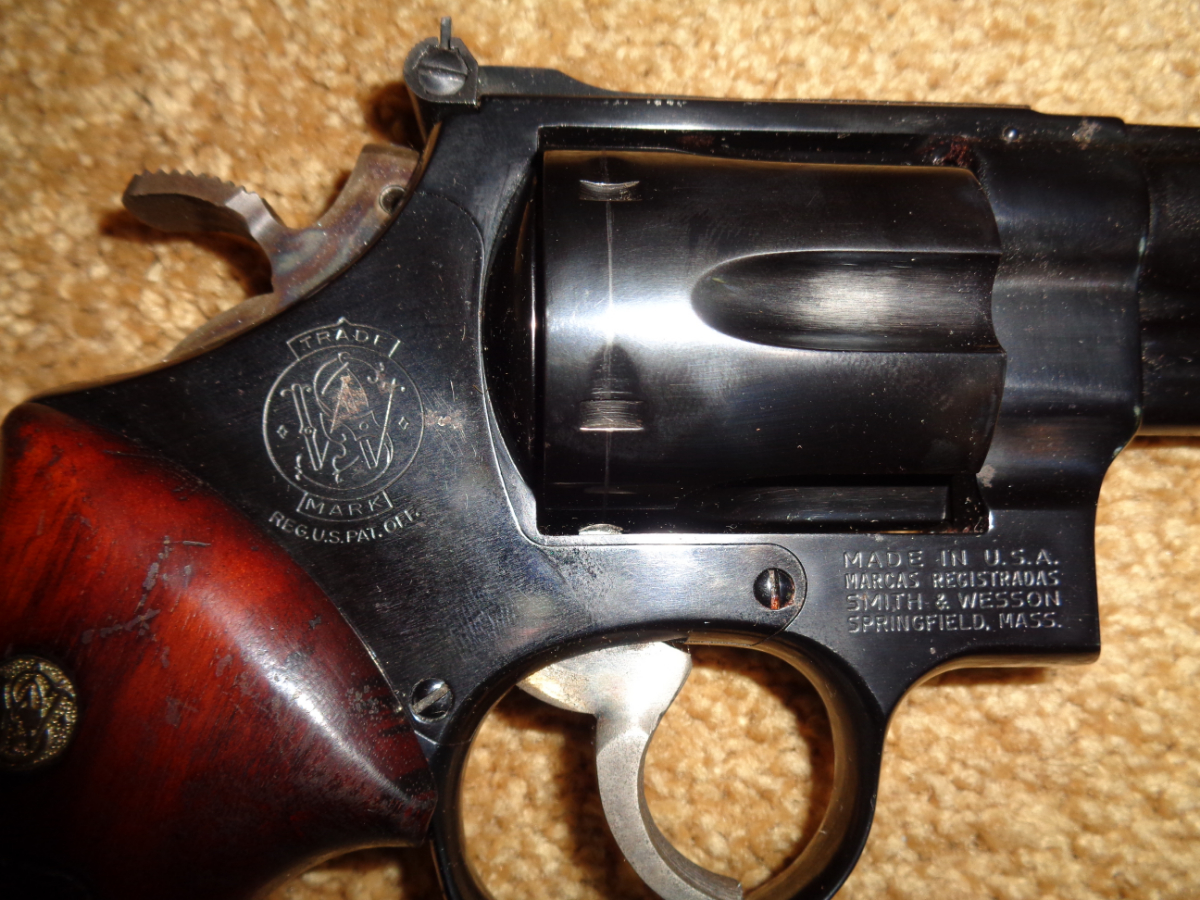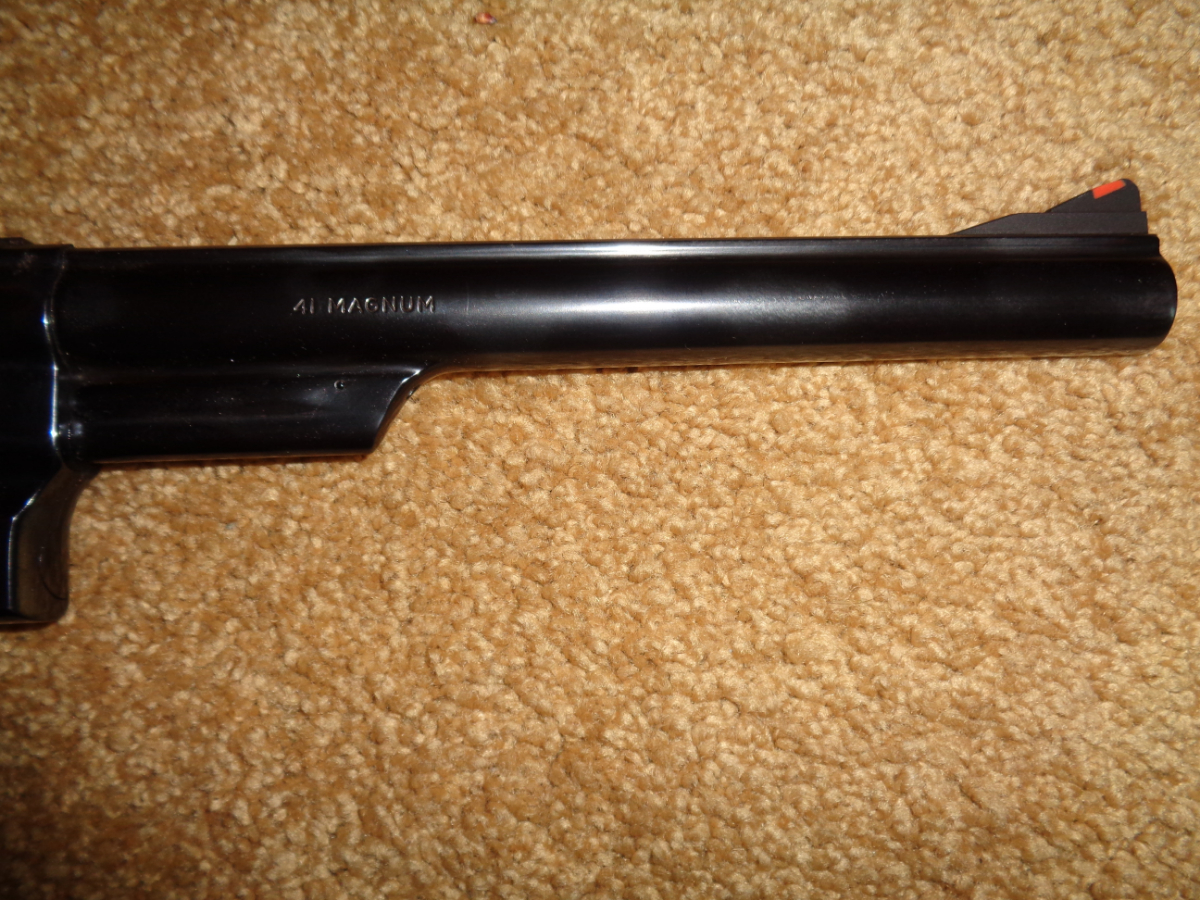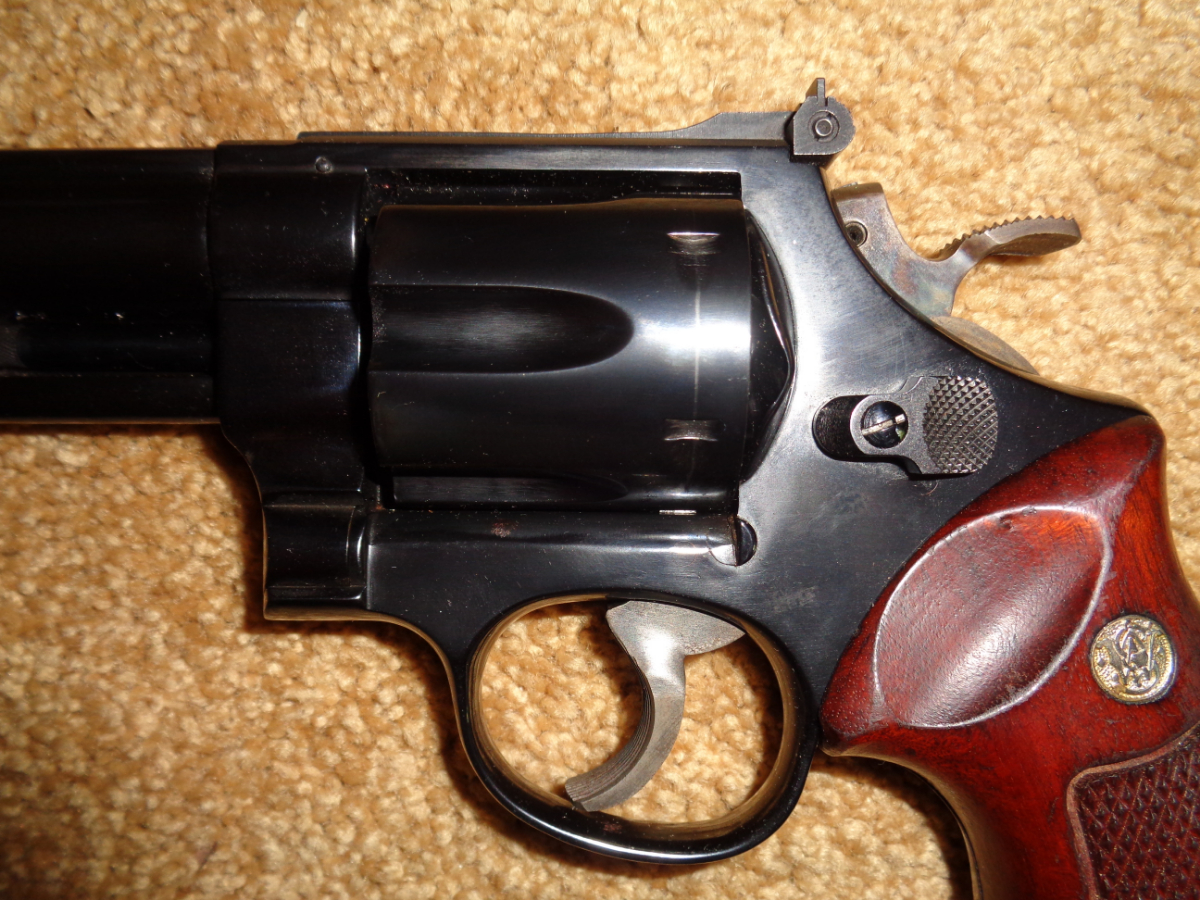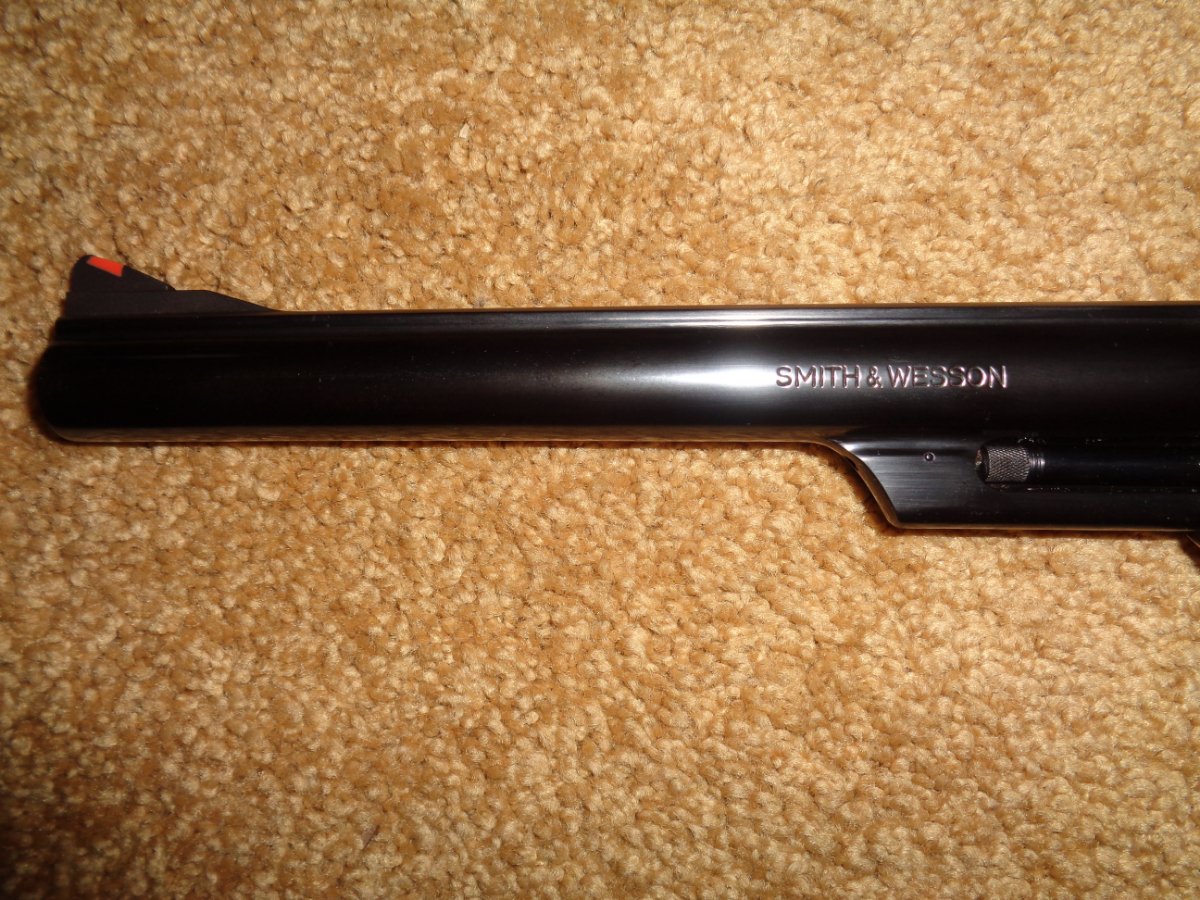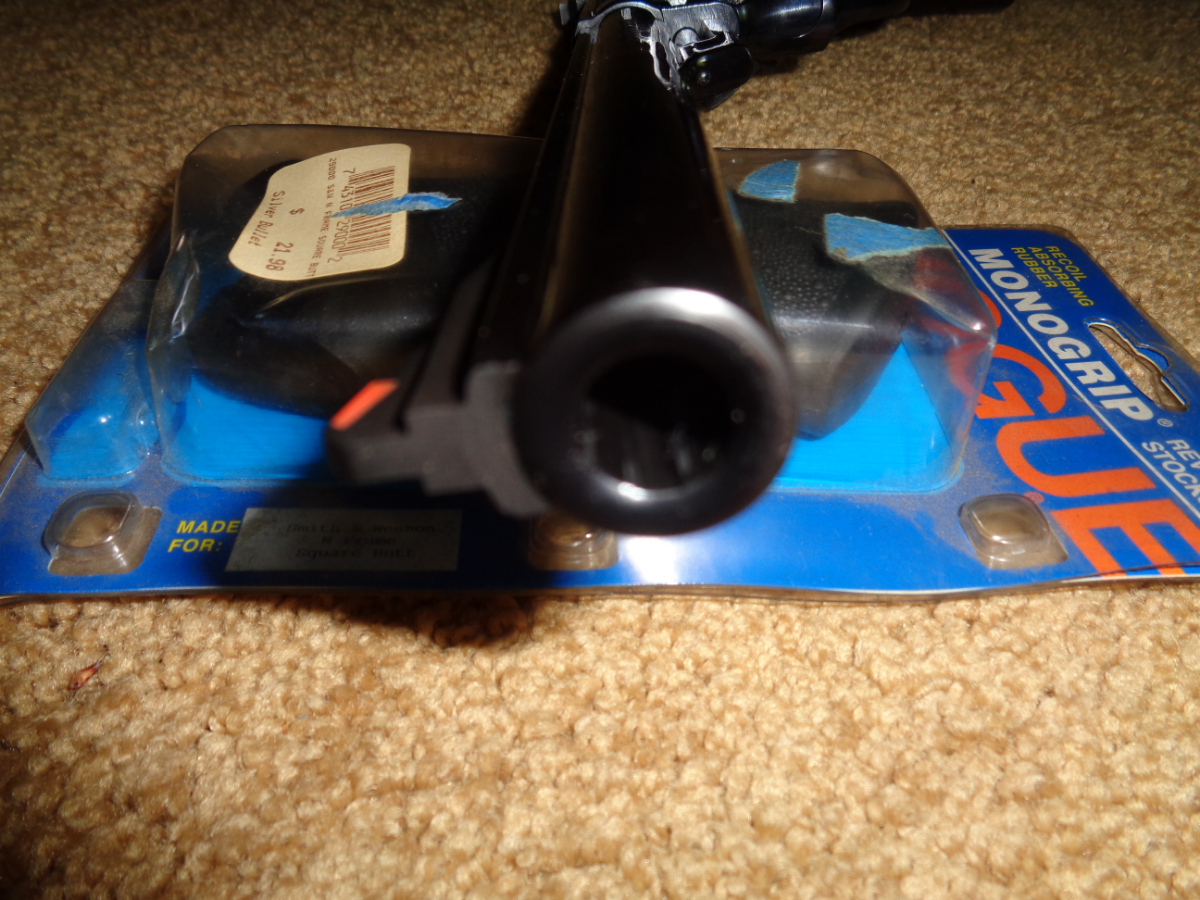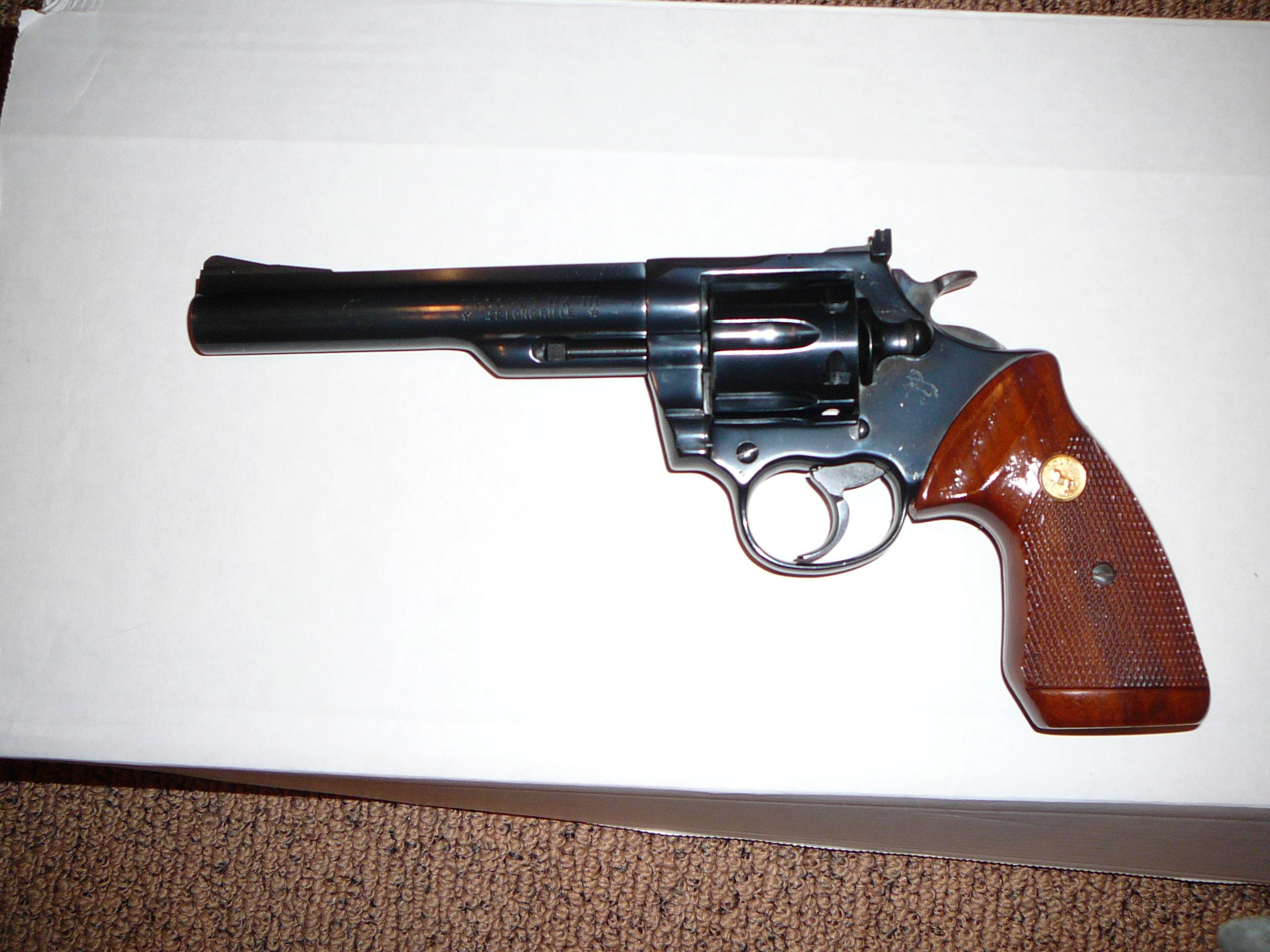While not as well know as his Old Man. Kermit was one Hell of a Man too! Grumpy
Kermit Roosevelt
|
Kermit Roosevelt
|
|
|---|---|

Kermit Roosevelt in 1926
|
|
| Born | October 10, 1889
Oyster Bay, New York, U.S.
|
| Died | June 4, 1943 (aged 53) |
| Cause of death | Suicide by gunshot to the head |
| Alma mater | Harvard University |
| Occupation | Soldier, businessman, writer, explorer |
| Spouse(s) | Belle Wyatt Willard |
| Children |
|
| Parent(s) | Theodore Roosevelt Edith Roosevelt |
| Relatives | See Roosevelt family |
Kermit Roosevelt MC (October 10, 1889 – June 4, 1943) was an American businessman, soldier, explorer, and writer. A son of Theodore Roosevelt, the 26th President of the United States, Kermit graduated from Harvard College, served in both World Wars (with both the British and US Armies), and explored two continents with his father. He fought a lifelong battle with depression and died by suicide while serving in the US Army in Alaska during World War II.[1]
Childhood and education[edit]
Kermit was born at Sagamore Hill, the family estate in Oyster Bay, New York, the second son of Theodore “T.R.” Roosevelt, (1858–1919) and Edith Kermit Carow (1861–1948). He had an older half-sister Alice Lee Roosevelt (1884–1980), from his father’s first marriage to Alice Hathaway Lee (1861–1884), an elder brother, Theodore “Ted” Roosevelt Jr. (1887–1944), a younger sister, Ethel Carow Roosevelt (1891–1977), and two younger brothers; Archibald Bulloch “Archie” Roosevelt (1894–1979) and Quentin Roosevelt (1897–1918).
As a child, he had little resistance to illness and infection. He had a flair for language, however, and read avidly. He showed a talent for writing that led to recording his experiences in World War I in a book.
After attending the Groton School, he enrolled at Harvard. In 1909, as a freshman, he and his father (recently out of office as president)—both of whom loved nature and outdoor sports—went on a year-long expedition in Africa funded by the Smithsonian Institution. After this trip and a swing through Europe, Roosevelt returned to Harvard and completed four years of study in two and a half years, graduating with the Class of 1912. He was a member of the Porcellian Club, as was his father.
Roosevelt became active in the Boone and Crockett Club, a wildlife conservation organization that had been co-founded by his father. One commentator wrote that Kermit embodied the ideals of the club perhaps more purely than anyone, including his father.[2]
River of Doubt South American expedition[edit]
Kermit Roosevelt grew a beard during the trip while he and his father fought loss of equipment, disease, drowning and murder during their 1913 expedition down the River of Doubt in the Amazon Basin.
One of Theodore Roosevelt’s most popular books, Through the Brazilian Wilderness, recounted the expedition into the Amazon Basin Brazilian jungle in 1913–14. The father and son went on what would become known as the Roosevelt-Rondon Scientific Expedition, exploring the Brazilian jungle with explorer Colonel Cândido Rondon. During this expedition, they explored the River of Doubt, later renamed Rio Roosevelt in honor of the President, as well as a branch of that river named the Rio Kermit in his honor. The source of the river had been discovered by Rondon earlier, but it had never been fully explored or mapped.[3]
At the time of the expedition, Roosevelt was newly engaged to Belle Wyatt Willard, daughter of the U.S. ambassador to Spain. His mother Edith was concerned about her husband’s health and the difficulties of a new expedition, and asked Kermit to accompany his father. He did so, reluctantly delaying his marriage.
The scope of the expedition expanded beyond the original plans, leaving the participants inadequately prepared for a trip tracing the River of Doubt from its source through hundreds of kilometers of uncharted rainforest. The climate and terrain, inadequate gear and food, and two deaths (one drowning, the other murder) turned a scientific expedition into an ordeal. Roosevelt’s father contracted malaria and a serious infection resulting from a minor leg wound, weakening him to the point that he considered taking a fatal dose of morphine rather than being a burden to his companions. Roosevelt told his father that he was bringing him back literally “dead or alive” and if he died, he would be an even bigger burden to the expedition. Although Roosevelt contracted malaria as well, he downplayed his sickness to save quinine for TR, nearly dying himself before the physician insisted on giving him the medication by injection. Roosevelt’s determination and his rope- and canoe-handling skills were instrumental in saving his father’s life. Nonetheless, TR was plagued by flareups of malaria and inflammation so severe that they required hospitalization.[4]
Besides the newly named Rio Roosevelt, one branch of the river was named the Rio Kermit in his honor. Today, the Rio Roosevelt is commonly called the Rio Teodoro by Portuguese-speaking Brazilians because of pronunciation difficulties they have with the name ‘Roosevelt’.
Although Kermit and TR faced skepticism about their claims of navigating a completely uncharted river over 1000 km long, they eventually silenced their critics through TR’s oratory and one of his most popular books, Through the Brazilian Wilderness. The 1913–14 expedition was later recounted in The River of Doubt by Candice Millard (Doubleday 2005).
Marriage and children[edit]
Kermit and Belle Roosevelt in Madrid, 1914
After the Amazon trip, in 1914 Kermit married Belle Wyatt Willard (1892–1968), daughter of the U.S. Ambassador to Spain, Joseph Edward Willard. They had four children: Kermit Roosevelt Jr. (1916–2000), Joseph Willard Roosevelt (1918–2008), Belle Wyatt “Clochette” Roosevelt (1919–1985), and Dirck Roosevelt (1925–1953).[5][6]
Military service in World War I[edit]
From 1914 to 1916, Roosevelt was assistant manager for National City Bank in Buenos Aires.
Kermit Roosevelt – John Singer Sargent‘s sketch from the cover of his book on his wartime experiences in Mesopotamia called War in the Garden of Eden.
In 1917, as he was about to be transferred to a Russian branch, the U.S. entered the World War. He attended the Plattsburg School for officers from May to July 1917 but resigned from the U.S. Army to join the British Army. On August 22, 1917, Roosevelt was appointed an honorary captain in the British Army.[7] He saw hard fighting in the Near East, later transferring to the United States Army. While his other brothers had had summer training at Plattsburgh, New York, Roosevelt had missed out on this training.
Roosevelt joined the British Army to fight in the Mesopotamia (modern-day Iraq) theater of World War I. He was attached to the 14th Light Armoured Motor Battery of the Machine Gun Corps, but the British High Command decided they could not risk his life and so they made him an officer in charge of transport (Ford Model T cars). Within months of being posted to Mesopotamia, he mastered spoken as well as written Arabic and was often relied upon as a translator with the locals. He was awarded a Military Cross on August 26, 1918.[8]
Roosevelt relinquished his British commission on April 28, 1918, and was transferred to the AEF in France.[9] In 1918, he learned that his youngest brother Quentin, a pilot, had been shot down over France and had been buried by the Germans with full military honors.
He was commissioned a captain in the United States Army on May 12, 1918, and commanded Battery C, 7th Artillery of the 1st Division. He participated in the Meuse-Argonne Offensive near the end of the war. He returned to the United States on March 25, 1919, and was discharged from the Army two days later.[10]
Between the wars[edit]
After the war, Roosevelt went into business; he founded the Roosevelt Steamship Company and the United States Lines. He continued to enjoy outdoor activities with his brothers. In 1919, he joined the Empire State Society of the Sons of the American Revolution, to which both his father and elder brother belonged.[1]
In 1925, Roosevelt accompanied his brother Ted on a hunting expedition across the Himalayas, over uncharted mountain passes rising from the Vale of Kashmir through the ancient Silk Route into China, in search of the legendary bighorn wild sheep called Ovis poli. He and his brother Ted documented the trip in their book East of the Sun and West of the Moon. Several trophies collected during this expedition are on display in the Field Museum of Natural History in Chicago. This expedition, financed by Museum trustee James Simpson, is sometimes called the “James Simpson-Roosevelt Asiatic Expedition of the Field Museum of Natural History”.[11]
In 1928–1929, Kermit Roosevelt and his brother Ted were members of the Kelley-Roosevelts Asiatic Expedition. The Roosevelt brothers told the story of their part in the expedition in their book Trailing the Giant Panda.
Kermit Roosevelt served as vice president of the New York Zoological Society from 1937 to 1939.[12]
Service in World War II[edit]
By October 14, 1939, when Britain was at war with Germany, Roosevelt had negotiated a commission as a Second Lieutenant in the Middlesex Regiment with the assistance of his friend, Winston Churchill, who was by then First Lord of the Admiralty.[13]: 229 [14] His first task was to lead a contingent of British volunteers for the Winter War in Finland.[13]: 230 According to a contemporary story published in Picture Post, he had resigned from the British Army to lead the expedition.[15] However, before the expedition could be launched, Finland made peace with Russia. Roosevelt served with distinction in a raid into Norway and was later sent to North Africa, where there was little action at the time.[13]: 230 While in Norway, he was injured during the Battle of Narvik.[16] He resumed drinking and was debilitated by an enlarged liver complicated by a resurgence of malaria. At the end of 1940, he returned to England and was discharged from the army on health grounds on May 2, 1941, by which time he had once again reached the rank of captain.[13]: 230 [17] Roosevelt appealed this discharge all the way to the British Prime Minister, Winston Churchill, who upheld the medical discharge.[citation needed]
When he returned to the US, he turned to drinking to forget his problems. His wife enlisted the help of his cousin, President Franklin Delano Roosevelt, who ordered the FBI to track him down, and he was brought back to his family. In late April 1942, his brother Archibald sought to have him committed to a sanitarium for a year; at month’s end, he agreed to a four-month stay at an institution in Hartford.[18] To extricate him from his current situation, the President gave him a commission as a major in the United States Army, and had him transferred and posted to Fort Richardson, Alaska, where he worked as an intelligence officer and helped establish a territorial militia of Eskimos and Aleuts.
Death[edit]
Roosevelt died in Alaska on June 4, 1943, in his room at Fort Richardson, from a self-inflicted gunshot wound to the head.[13]: 232 [19] He was discovered by Dr. Sanford Couch Monroe, who later filed the autopsy report. His death was reported to his mother, Edith, as a heart attack.[20] He was interred in Fort Richardson National Cemetery near Anchorage,[20] where a memorial stone gateway was erected in his honor in 1949.[21]
Legacy[edit]
The town of Kermit, Texas, was named for him (he had visited Winkler County, Texas, a few months earlier to hunt antelope).[22] The town of Kermit, West Virginia, is also named after him.[23] The Luzon-class repair ship USS Kermit Roosevelt (ARG-16) was named in his honor.
There is an annual lecture series given in the United States by a British Army general officer and in the United Kingdom by a US Army general officer named in memory of Kermit Roosevelt.[24]
Awards[edit]
United States[edit]
Foreign decorations[edit]
- Military Cross (United Kingdom)
- Montenegro War Cross
Foreign medals[edit]
- British War Medal (United Kingdom)
- Victory Medal (United Kingdom)
- 1939-1945 Star (United Kingdom)
- Africa Star (United Kingdom)
- War Medal 1939–1945 (United Kingdom)
